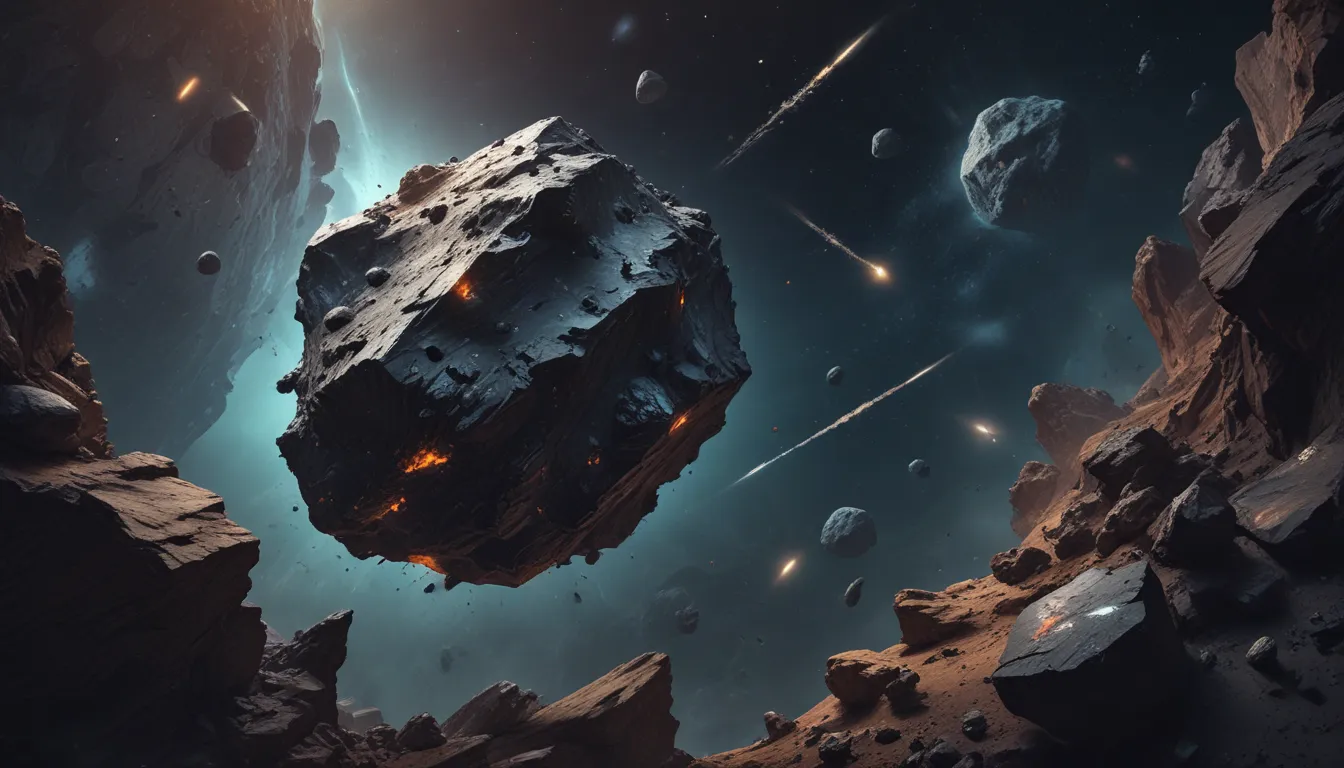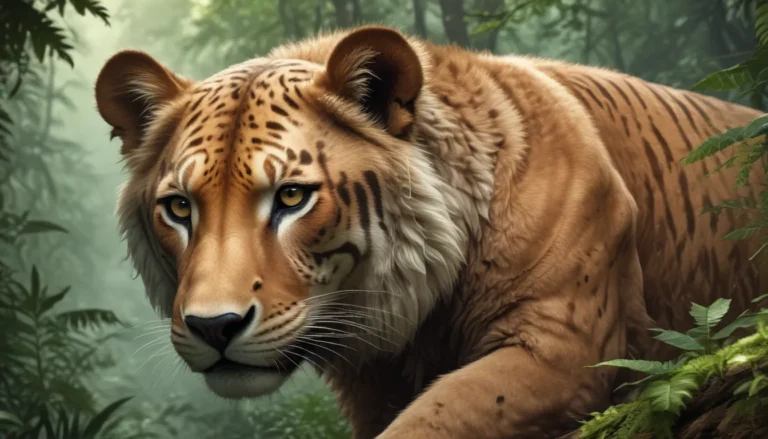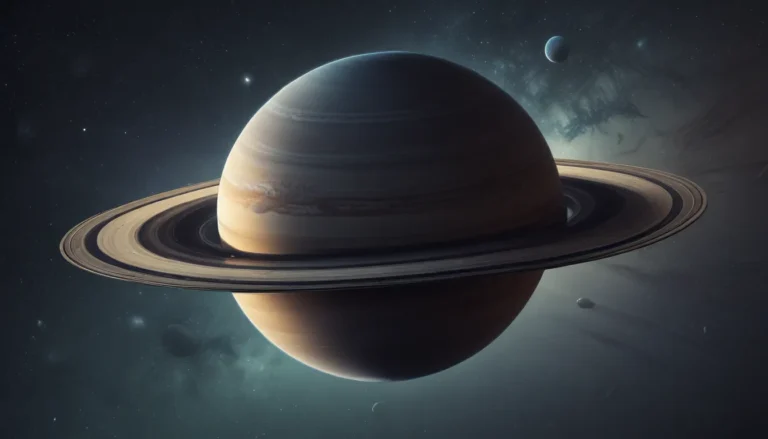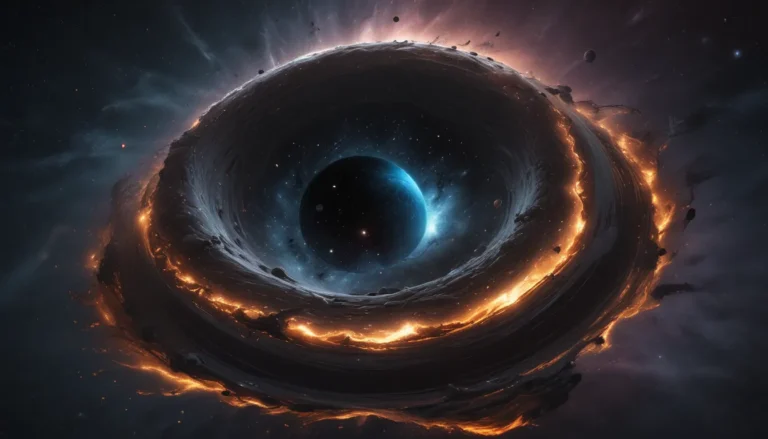The pictures we use in our articles might not show exactly what the words say. We choose these pictures to make you interested in reading more. The pictures work together with the words but don’t take their place. The words still tell you the important facts.
Are you intrigued by the mysteries of the cosmos? Do you find yourself gazing at the night sky, wondering about the enigmatic space rocks called asteroids? If so, you're in for a treat! In this article, we'll take you on a cosmic journey to uncover the remarkable characteristics and roles of these celestial wonders. Whether you're a space enthusiast, a student of astronomy, or simply curious about the wonders of the universe, these asteroid facts are sure to captivate your imagination and expand your understanding of these fascinating objects. So, fasten your cosmic seatbelt and get ready to explore the enthralling world of asteroids!
Key Takeaways:
- Asteroids are small, rocky bodies that orbit the Sun, come in various shapes and sizes, and have unique names inspired by mythology and history. They hold valuable clues about the solar system’s origins and inspire art, culture, and curiosity.
- Asteroids are not just space rocks; they have moons, impact Earth’s history, and are potential resources for future space missions.
Asteroids: Small but Mighty
Asteroids, also known as minor planets, are small, rocky bodies that orbit the Sun. They are remnants from the early formation of the solar system and are composed of various minerals and metals. Despite their size, asteroids have captured the fascination of scientists and space enthusiasts alike. Let's explore some amazing asteroid facts that shed light on these celestial wonders.
Asteroids Come in Various Shapes and Sizes
Asteroids vary greatly in size, ranging from a few meters to hundreds of kilometers in diameter. The largest known asteroid is Ceres, which has a diameter of about 940 kilometers, making it the largest object in the asteroid belt between Mars and Jupiter.
Asteroids Are Not Uniform in Composition
Asteroids are composed of different materials, including metals such as nickel and iron, as well as silicate rock. Some asteroids may even contain water ice and organic compounds, providing valuable insights into the early solar system's composition.
Asteroids Have Unique Names
Asteroids are often named after characters in mythology, places, or even after people. For example, the asteroid 4 Vesta is named after the Roman goddess of the hearth, while 433 Eros is named after the Greek god of love.
Asteroids Can Have Moons
Some asteroids have small moons or natural satellites orbiting them. These moons can provide clues about the asteroid's mass and density, aiding scientists in understanding their composition and formation.
Asteroids Have Made Close Encounters with Earth
Throughout history, asteroids have made close approaches to Earth. While most of these encounters pose no threat, the study of near-Earth asteroids is crucial for assessing potential impact hazards and developing mitigation strategies.
Asteroids Are Potential Resources for Future Space Missions
The rich mineral composition of asteroids has sparked interest in potential future space mining missions. These missions could extract valuable resources, such as rare metals and water, to support long-duration space exploration and sustain life in outer space.
Asteroids Have Impacted Earth’s History
Asteroid impacts have played a significant role in shaping Earth's geological and biological history. The extinction of the dinosaurs, for example, is widely attributed to a massive asteroid impact that occurred approximately 66 million years ago.
Asteroids Have Their Own Day
June 30th is designated as "Asteroid Day," a global awareness campaign to educate the public about asteroids, their role in the formation of the universe, and the potential threat they pose to life on Earth.
Asteroids Are Explored by Space Probes
Several space missions have been launched to explore asteroids up close. Notable examples include NASA's OSIRIS-REx mission, which successfully collected a sample from the asteroid Bennu, and the Japanese Hayabusa2 mission, which returned samples from asteroid Ryugu.
Asteroids Can Have Surprising Characteristics
Some asteroids exhibit unexpected features, such as active geology and the ejection of particles into space. These phenomena challenge previous assumptions about the nature of asteroids and provide new avenues for scientific inquiry.
Asteroids Are Tracked by Observatories
Dedicated observatories and telescopes around the world continuously monitor asteroids, tracking their positions and trajectories to assess potential impact risks and refine our understanding of their orbital dynamics.
Asteroids Have Inspired Art and Culture
The enigmatic nature of asteroids has inspired numerous works of art, literature, and film. From science fiction novels to blockbuster movies, asteroids have captured the imagination of storytellers and audiences alike.
Asteroids Are Classified into Different Groups
Asteroids are classified into different groups based on their composition, orbital characteristics, and location within the asteroid belt. These classifications help scientists categorize and study asteroids more effectively.
Asteroids Can Reveal Clues about the Solar System’s Origins
Studying asteroids provides valuable insights into the early solar system's formation and evolution. By analyzing asteroid samples and compositions, scientists can unravel the mysteries of our cosmic origins.
Asteroids Are Targets for Future Exploration
As space exploration advances, asteroids remain high-priority targets for future missions. From sample return missions to potential human exploration, asteroids hold promise for unlocking new frontiers in space exploration.
Asteroids Are Key Players in Planetary Defense
Understanding asteroids and developing strategies to mitigate potential impact threats are crucial for planetary defense. Research and monitoring efforts aim to safeguard Earth from potential asteroid impacts.
Asteroids Spark Curiosity and Wonder
The allure of asteroids lies in their mysterious nature and their potential to unlock the secrets of the universe. Their enigmatic presence in the cosmos continues to ignite curiosity and wonder, inspiring future generations to explore the final frontier.
In conclusion, asteroids are captivating celestial objects that have fascinated scientists and space enthusiasts for decades. Their diverse compositions, intriguing origins, and potential impact on Earth make them a subject of ongoing research and exploration. As we continue to unravel the mysteries of the universe, the study of asteroids will undoubtedly provide valuable insights into the formation and evolution of our solar system. With ongoing advancements in space technology, our understanding of these enigmatic objects is poised to deepen, offering new opportunities for scientific discovery and potential avenues for space exploration. Trust in our commitment to quality and authenticity as you explore and learn with us.






